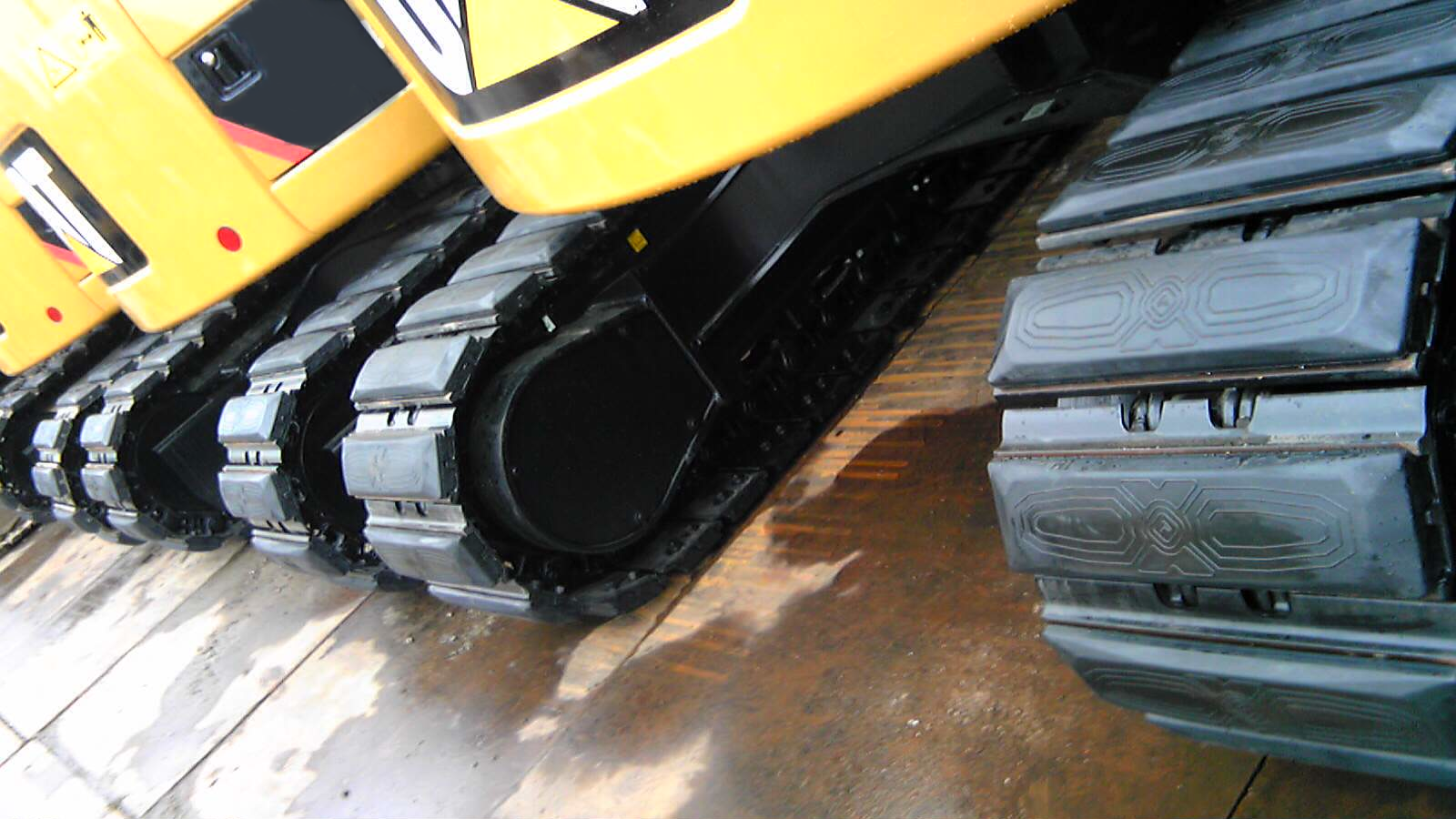Understanding Excavator Rubber Track Pads
Excavators are heavy construction equipment that play a crucial role in various industries, including construction, mining, and forestry. They consist of a boom, dipper, bucket, and cab on a rotating platform known as the “house”. The house sits atop an undercarriage with tracks or wheels, which can include rubber track pads.
What are Rubber Track Pads?
Rubber track pads are essential components of an excavator’s undercarriage. They are designed to protect the metal tracks of the excavator and the surfaces on which the excavator operates. Rubber track pads can significantly reduce the risk of damage to roads, concrete, and other hard surfaces, making them a popular choice for urban and residential construction projects.
Why are Rubber Track Pads Important?
Rubber track pads offer several benefits:
-
Surface Protection: They prevent damage to paved surfaces, reducing repair costs and maintaining the integrity of roads and sidewalks.
-
Noise Reduction: Rubber track pads can significantly reduce the noise produced by an excavator when it’s moving, which is particularly beneficial in residential areas.
-
Improved Traction: Rubber provides better traction than metal on slippery surfaces, enhancing the safety and efficiency of the excavator.
-
Reduced Vibration: By absorbing some of the impact of the excavator’s movement, rubber track pads can reduce the vibration felt by the operator, enhancing comfort and reducing fatigue.
Choosing the Right Rubber Track Pads
When selecting rubber track pads for an excavator, several factors should be considered:
-
Size and Fit: The track pads must be the correct size to fit the excavator’s tracks. Incorrectly sized track pads can reduce the effectiveness of the excavator and may even cause damage.
-
Material Quality: High-quality rubber will provide better traction, noise reduction, and durability. It’s worth investing in high-quality track pads to ensure long-term performance and value.
-
Type of Work: The type of work the excavator will be performing can influence the choice of track pads. For example, if the excavator will be working on rough terrain, more robust track pads may be required.
In conclusion, rubber track pads are a vital component of an excavator’s undercarriage, providing protection, noise reduction, improved traction, and reduced vibration. By carefully selecting the right track pads for the job, operators can enhance the performance and lifespan of their excavators.

